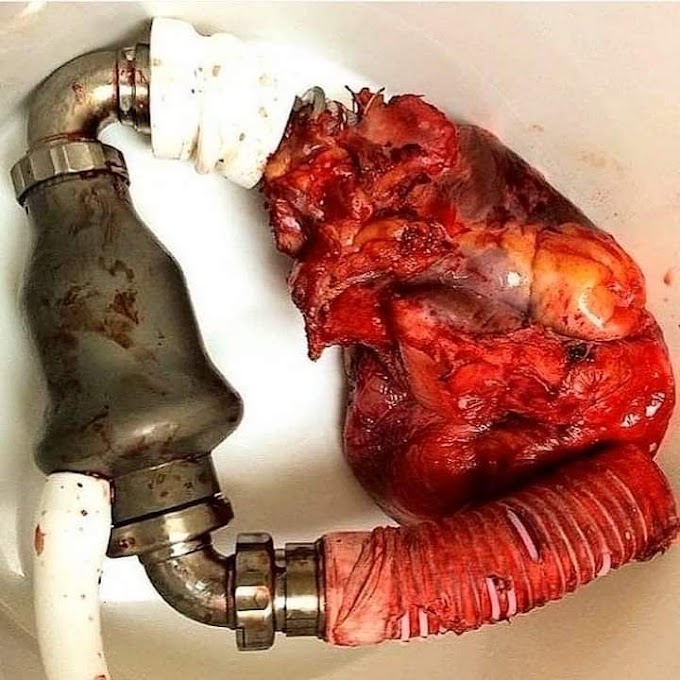What is cryonics?
Cryonics is the practice of preserving life by pausing the dying process using subfreezing temperatures with the intent of restoring good health with medical technology in the future.
Cryogenics
Cryogenics is the study of how materials behave at very low temperatures.
This field of study helps us understand the chemical changes which occur when a substance reaches the lowest possible temperature of -273℃.
Presently this knowledge has been applied to the field of death care as human bodies are now being frozen in hopes of reanimating them in the future.
About 350 people all over the world have chosen to have their bodies frozen immediately after death.
The Process
Lots of paperwork must take place long before death if the cryogenic process is to take place.
Clients must complete all the necessary documentation and make sure funding is in place well ahead of time.
The freezing process must begin within 2-15 minutes after the person has been declared legally dead.
Then the body is packed in ice and injected with chemicals to keep the blood from clotting.
A special machine called a heart-lung resuscitator artificially restores circulation and breathing.
The body is then transported to a long-term care facility for final cooling and perfusion, a process in which the patient’s blood is slowly and carefully replaced by special substances to protect against ice formation.
They are then slowly cooled to a temperature of -196℃ and preserved in liquid nitrogen in a special storage unit called a cryostat.
Can It Actually Happen?
For most of us, this idea seems creepy yet weirdly hopeful at the same time.
It reads like the plot of the most far-fetched science fiction novel.
But is it possible that this science fiction may simply become…science?
As you can imagine, the issue is by no means simple.
Here are the different schools of thought on whether this is medical science or wishful thinking.
The Doubts
In 2015, the MIT Technology Review published an article debunking cryonics as a false science.
Their main point is that human consciousness is much too complex to recreate.
Even reconstructing the consciousness of a roundworm, a far less complex organism than humans are, remains beyond us.
In addition, we have no evidence that major organs such as the heart and the kidneys could be successfully frozen and thawed.
Patient stats
As of the end of 2019, Alcor has a total of 177 patients in its care.
129 of these patients are male; 46 of them are female.
Their first suspension was in 1967, carried out while Alcor still went by the name of the Cryonics Society of California.
The most recent was a 77-year-old man who had been a member of Alcor since 2000.
The number of patients in cryonic suspension with Alcor has risen steadily since its founding.
Cryonics Costs
The cost of cryonics can be prohibitive, as it is much more expensive than other deathcare options.
The Cryonics Institute typically charges a one-time cost of $28,000, which can be covered by life insurance. This cost includes storage as well as vitrification perfusion.
For a whole body cryopreservation, Alcor charges $200,000, also payable through a life insurance policy. There is also an option to preserve only the patient’s head for $80,000.
Has anyone successfully been revived after the procedure?
As of this writing, no human has yet been revived after their body temperature has been lowered to a level far below freezing.
However, the point of cryonics lies in the hope that technology will eventually advance enough to allow this to happen.
There is an expectation that the field of molecular nanotechnology will discover ways to reverse any damage caused by the cryonics process.
To that end, cryonics patients are cared for until such time as they can be revived safely.
Can cryonics patients be alive?
This question is tricky, because there are multiple definitions of “dead.”
By law, the cryonics process cannot begin until the patient is legally dead.
Usually, a medical professional declares someone legally dead if they have stopped breathing, their heart has stopped beating, or brain activity has ceased due to the removal of life support.
But the philosophy behind cryonics is that we will one day have the ability to resuscitate these patients.
Breathing and blood circulation are restored immediately after legal death so that essential organs continue to function.
For that reason, cryonics patients are not considered dead. Instead, the term “cryopreserved” is used.
When does the process begin after death?
Ideally, the cryonics process should begin as soon as possible after the heart stops beating, usually around one or two minutes and certainly not more than fifteen.
If it takes longer, the process of restoration could pose more of a challenge.
That’s because any decay of the circulatory system can make it more difficult to circulate the chemicals necessary to prevent ice formation.
What’s the chance of this working?
There is a lot of evidence to support the idea that cryonics may actually work someday.
Based on what we know about tissue regeneration and molecular repair, it seems likely that in the future, every patient will be able to fully recover from any injury.
However, it’s important to note that there are no guarantees about how much of the patient’s memory and personality can survive the cryonics process.
The Future?
As of right now, most scientists concede that revival of cryonic patients’ remains a distant dream.
There are many scientific problems which must be solved before full resuscitation can become a reality.
Still, who knows? A lot can happen in a few decades.
50-100 years from now, maybe death as we know it will be obsolete thanks to this new science.








0 Comments